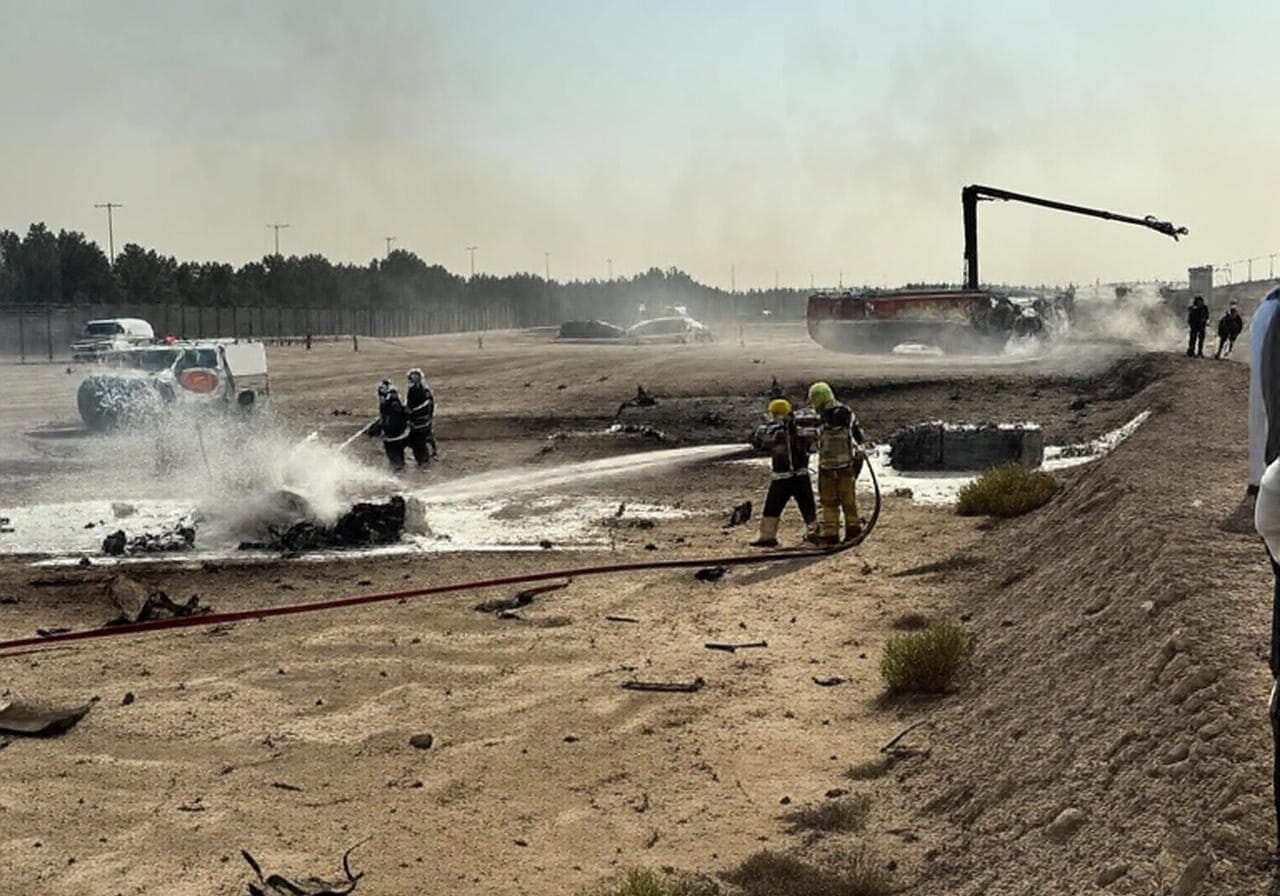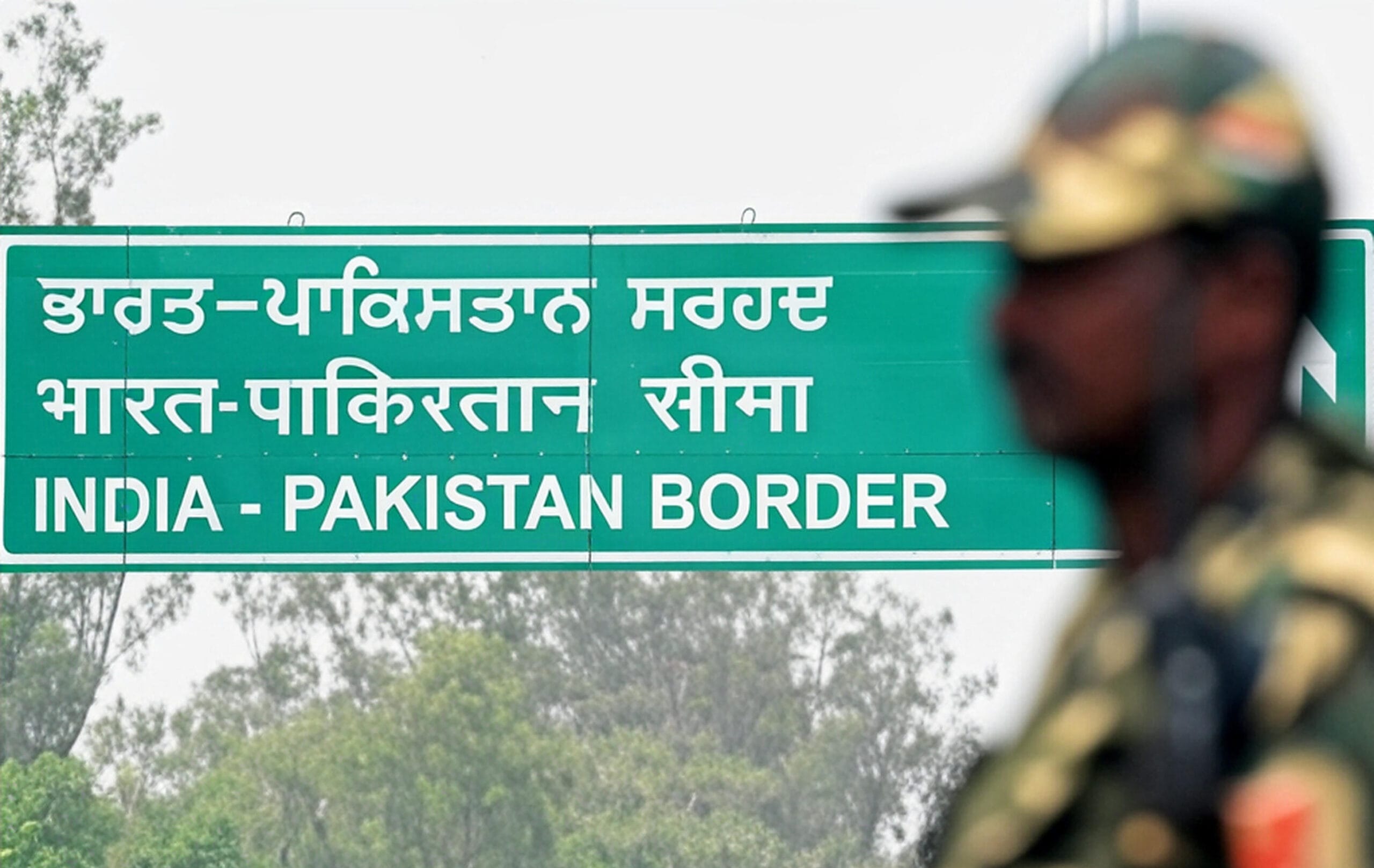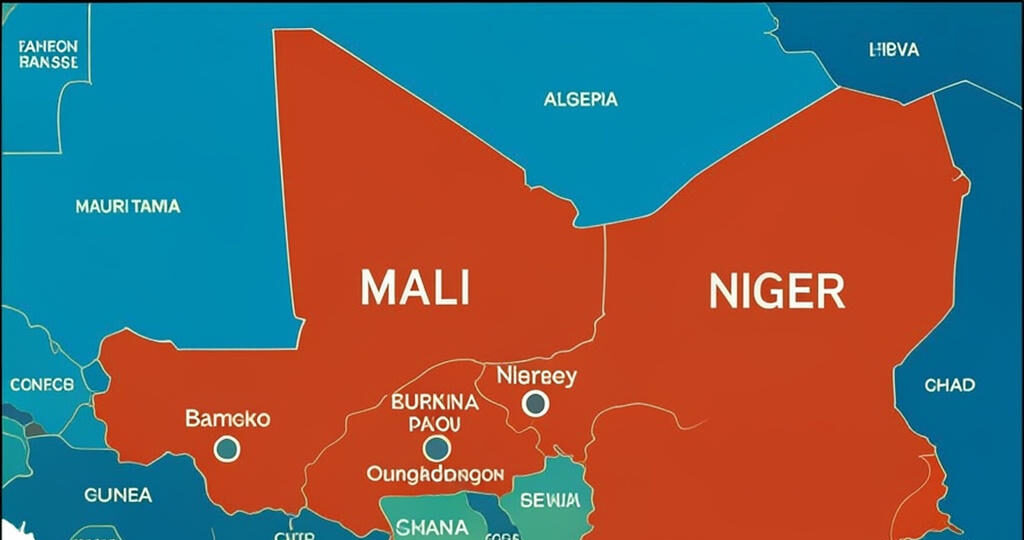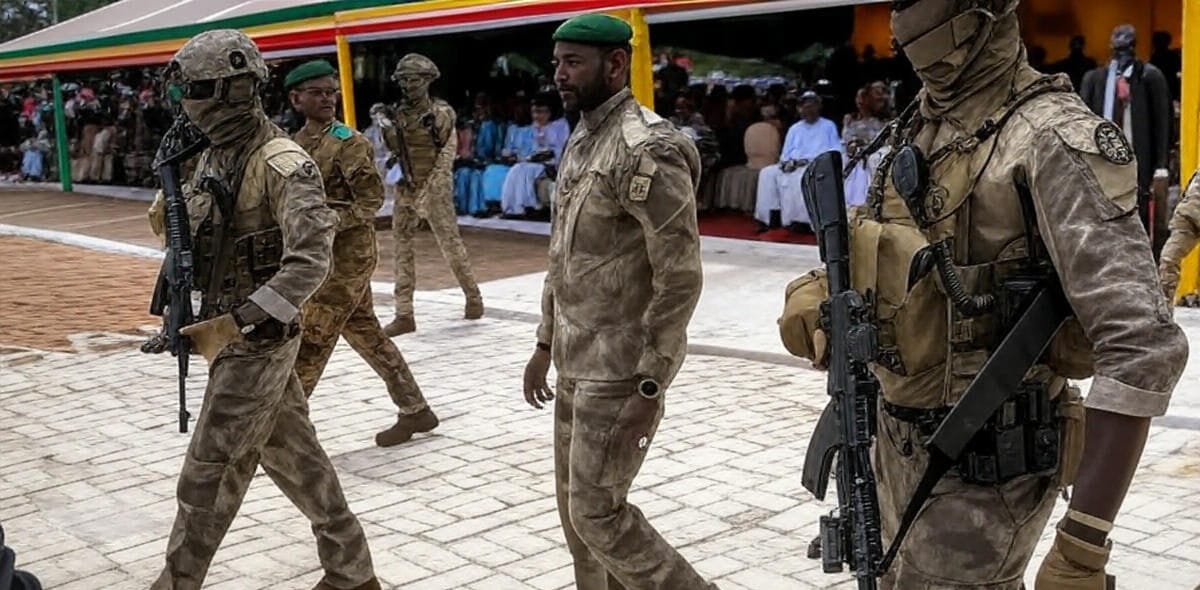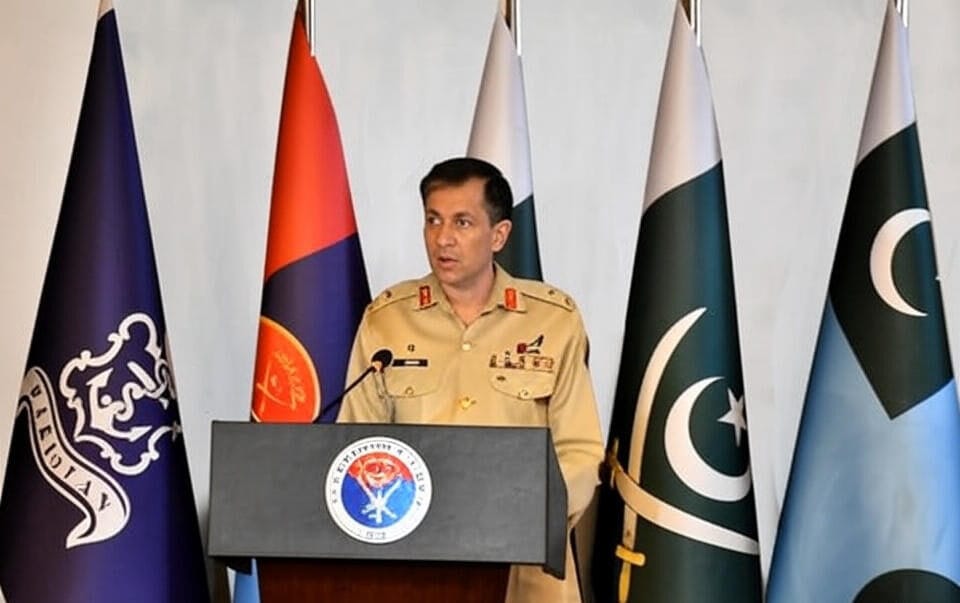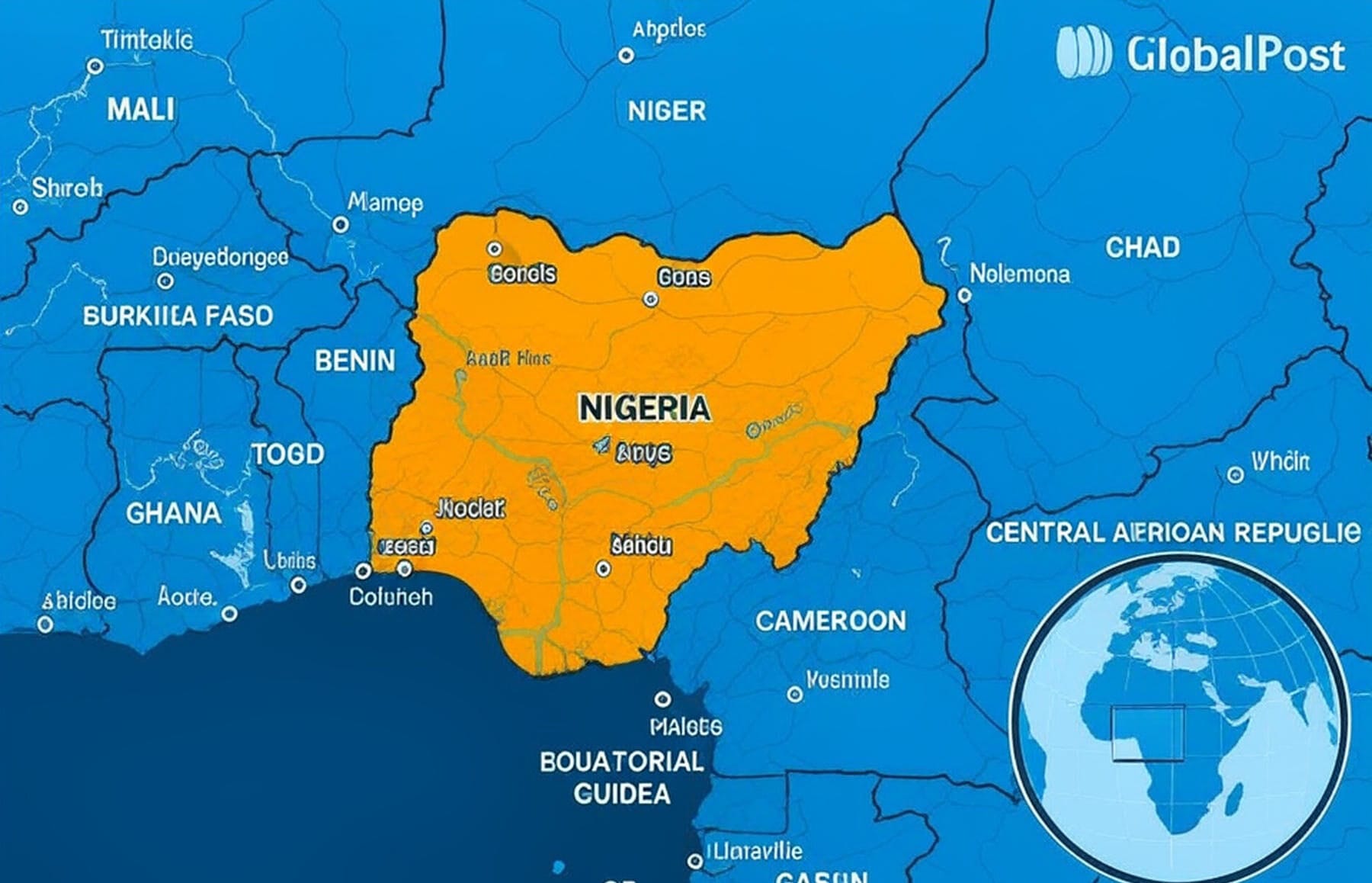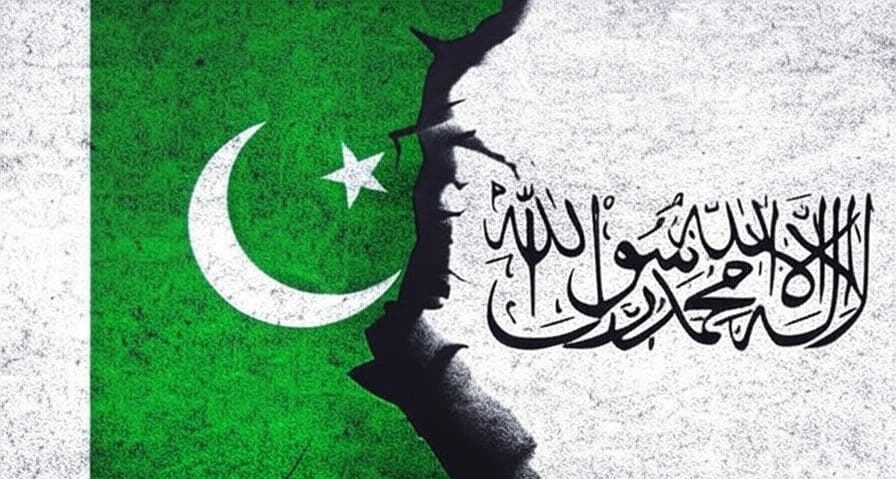
The Afghanistan-Pakistan relationship remains a critical focus in South Asian geopolitics, oscillating between fragile diplomacy and persistent security challenges in 2025. From border clashes to diplomatic breakthroughs, this dynamic shapes regional stability and global counterterrorism efforts. This article delves into recent developments, historical context, and future prospects, offering insights into how these nations navigate their complex ties.
Historical Roots of Afghanistan-Pakistan Tensions
The 2,600-kilometer Durand Line border has long fueled disputes, with Afghanistan rejecting its colonial-era legitimacy. Since the Taliban’s 2021 return to power, accusations of cross-border militancy, particularly involving the Tehreek-e-Taliban Pakistan (TTP), have deepened mistrust, leading to military actions and strained relations.
Key Drivers of Conflict
Historical grievances and modern challenges define the bilateral rift:
- Border Disputes: The unresolved Durand Line issue sparks recurring tensions.
- Militant Activities: Pakistan claims Afghanistan harbors TTP fighters, escalating cross-border incidents.
- Refugee Crisis: Over 500,000 Afghan refugees deported from Pakistan since 2023 have worsened humanitarian strains.
These factors set the stage for 2025’s volatile developments.
Security Challenges in 2025
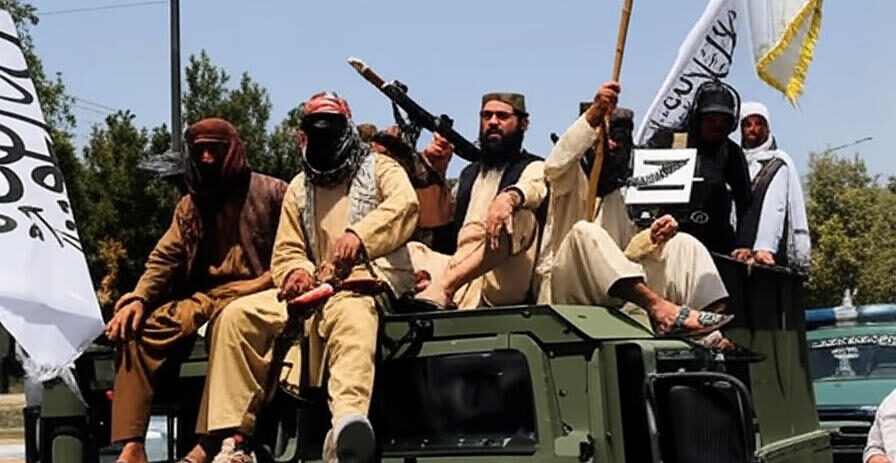
This year has seen a surge in security incidents, underscoring the fragility of Afghanistan-Pakistan relations. From airstrikes to explosions, both nations grapple with mutual accusations of fostering instability.
Early 2025 Escalations
The year began with heightened conflict:
- January Airstrikes: Pakistan targeted TTP hideouts in Afghanistan’s Khost and Paktika provinces on January 1, killing militants but also civilians, per Taliban reports.
- Retaliatory Raids: On January 3, Afghan forces and TTP militants attacked Pakistani border posts in North Waziristan, killing 16 soldiers.
- Spring Clashes: February and March saw skirmishes in Helmand’s Bahram Chah district, with one Afghan soldier killed and two wounded.
By September, TTP attacks in Pakistan’s Khyber Pakhtunkhwa province had claimed over 135 lives, nearing 2024’s total toll.
October 2025 Flashpoint
On October 10, twin explosions in Kabul and Paktika killed several people, with the Taliban Defense Ministry accusing Pakistan of orchestration—a claim Islamabad denies. This incident coincided with Taliban Foreign Minister Amir Khan Muttaqi’s visit to New Delhi, where he invited Indian investment in Afghan mining and emphasized regional peace. The blasts highlight the ongoing challenge of maintaining stability amid mutual suspicions.
Diplomatic Progress Amid Volatility
Despite security setbacks, diplomatic efforts, often mediated by China, have shown promise in 2025. These initiatives aim to address border security, trade, and refugee issues, though their success hinges on sustained commitment.
Milestones in Diplomacy
Key diplomatic steps include:
- April Visit: Pakistan’s Deputy Prime Minister Ishaq Dar visited Kabul on April 19—the first high-level trip since 2023—focusing on security and trade cooperation.
- Ambassadorial Upgrades: On May 30, Pakistan appointed a full ambassador to Kabul, reciprocated by Afghanistan, marking a thaw in relations.
- China’s Mediation: The sixth China-Afghanistan-Pakistan Trilateral Foreign Ministers’ Dialogue in Kabul on August 20 emphasized trade connectivity and peaceful resolutions.
These efforts reflect a pragmatic approach to de-escalation, bolstered by regional mediation.
Regional Dynamics and External Influence
External powers shape the bilateral landscape:
- China’s Role: Beijing’s mediation, including May’s trilateral talks, promotes economic corridors like the China-Pakistan Economic Corridor (CPEC) extending into Afghanistan.
- India’s Involvement: India’s aid to Afghan refugees and alignment with the Taliban, as seen in Muttaqi’s October visit, complicates Pakistan’s position.
- Bagram Airbase Stance: On October 7, both nations joined Russia, China, and India in rejecting U.S. proposals to reclaim Bagram airbase, prioritizing sovereignty.
These dynamics underscore the interplay of regional interests in stabilizing ties.
Implications for South Asia
The Afghanistan-Pakistan relationship impacts regional security and economic prospects. Persistent TTP violence threatens Pakistan’s stability, while Afghanistan’s economic isolation hinders reconstruction. Unresolved tensions could draw in neighboring powers, risking broader instability.
Pathways to Stability
To foster lasting peace, experts recommend:
- Joint Counterterrorism Efforts: Bilateral intelligence-sharing to neutralize TTP threats transparently.
- Trade Revival: Reopening Torkham and Chaman crossings to boost economic ties.
- Humanitarian Focus: Establishing aid corridors to support displaced Afghan refugees.
These steps could break the cycle of mistrust and promote mutual benefits.
Outlook for Afghanistan-Pakistan Relations
As 2025 unfolds, Afghanistan and Pakistan face a pivotal moment. While diplomatic gains offer hope, incidents like the October 10 explosions highlight the risk of reversal. Sustained dialogue, possibly through China-led forums, is critical to prevent escalation.
Recommendations for Progress
- Strengthen Mediation: Leverage China’s neutral role to facilitate consistent talks.
- Address Root Causes: Negotiate border disputes and militant sanctuaries with international oversight.
- Engage Globally: Involve UN or regional forums to ensure transparency and accountability.
By prioritizing cooperation over confrontation, both nations can pave the way for a stable South Asia.
Navigating a Complex Future
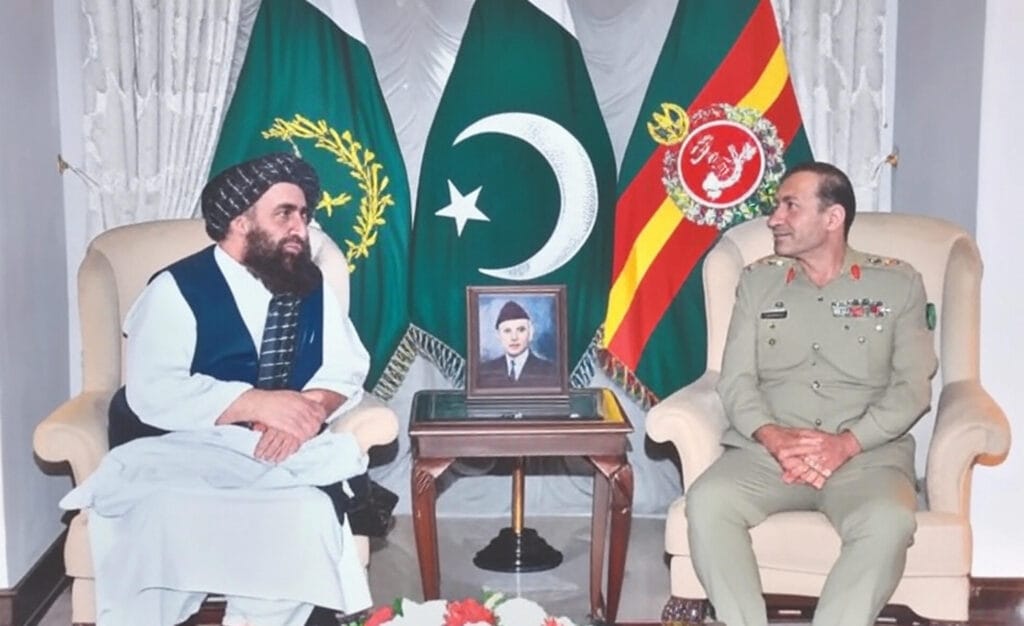
The Afghanistan-Pakistan relationship in 2025 encapsulates the challenges of balancing security, sovereignty, and regional ambitions. While diplomatic strides signal potential for progress, ongoing security threats demand urgent action. By addressing militant activities, enhancing trade, and supporting humanitarian efforts, both countries can build a foundation for enduring peace. Global and regional stakeholders should closely monitor these developments, as they hold significant implications for counterterrorism and South Asian geopolitics.
